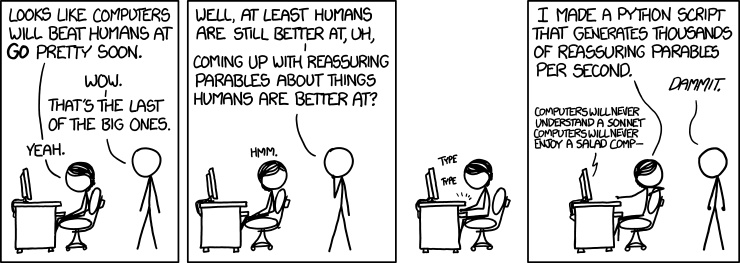# Exercise 11: Stand-alone program (optional)
**(30 minutes)**
:::{note}
Why would you want to write a stand-alone program instead of using ROOT
interactively?
- You can't live in a notebook forever.[^f97] Typical analysis scripts
get so large that you may want to use a regular text editor to work
with them, instead of the limited editing available in a notebook
cell.
- One method of speeding up a Python program is to use Cython, a
Python optimizing compiler: . You can use [Cython
within a notebook](https://twiki.nevis.columbia.edu/twiki/bin/view/Main/IPython), but
you'll get better results if you create a stand-alone program.
- Stand-alone programs are necessary if you want to submit your Python
program to a batch system.
:::
So far, you've used ROOT interactively to perform the exercises. Your
task now is to write a stand-alone program that uses ROOT. Start with
the script you created in Exercise 10: you have a notebook cell that
reads an n-tuple, performs a calculation, and writes a plot to a file.
Create a stand-alone program that does the same thing.
:::{hint}
If you tried to do the {ref}`C++ version of this Exercise
`, you may have found it difficult. The Python
equivalent is much easier. Part of the reason is that all the clues
you need are in the {ref}`condor tutorial ` in the
{ref}`appendix `.
Look at the instructions for the `.py` files in that tutorial, then
look at the comments in the `.py` files themselves.
Don't forget to use `module load root` (or the equivalent if you're
not using a Nevis particle-physics server) if you expect a stand-alone
Python program to be able to import the ROOT libraries!
:::
:::{figure-md} reassuring-fig
:class: align-center
 by Randall Munroe
:::
[^f97]: Whether this is a programming tip or general life advice I leave
up to you.
by Randall Munroe
:::
[^f97]: Whether this is a programming tip or general life advice I leave
up to you.

